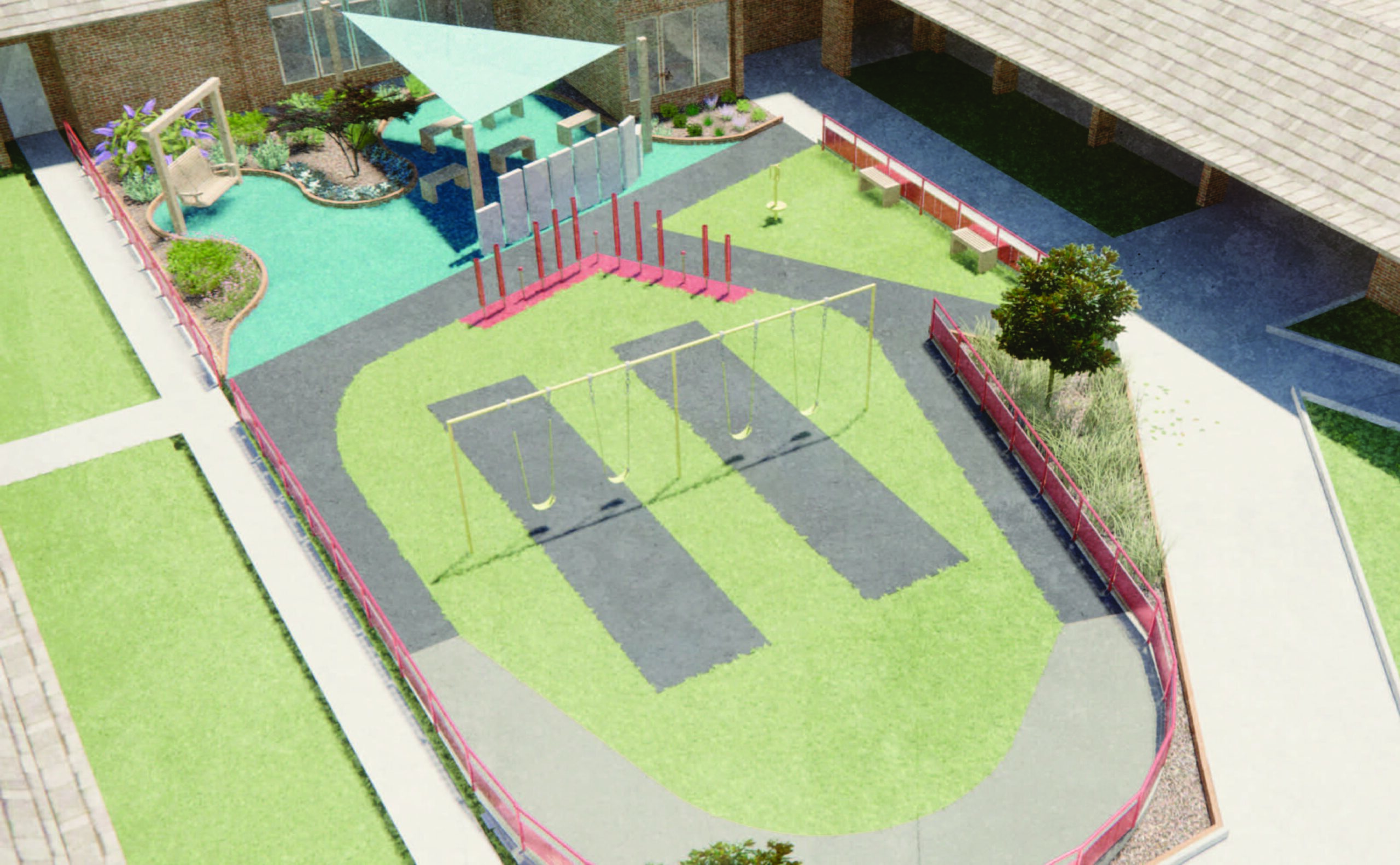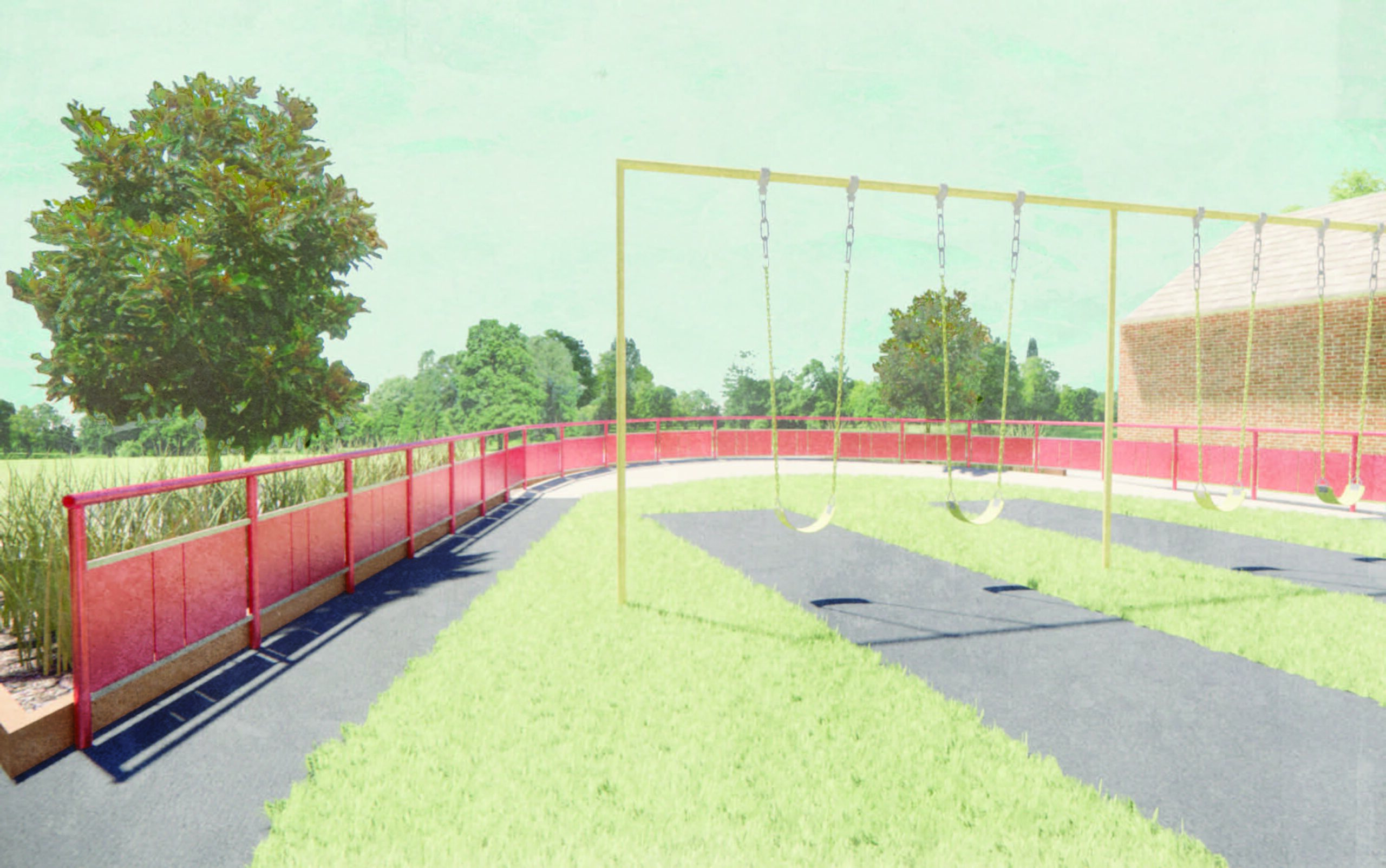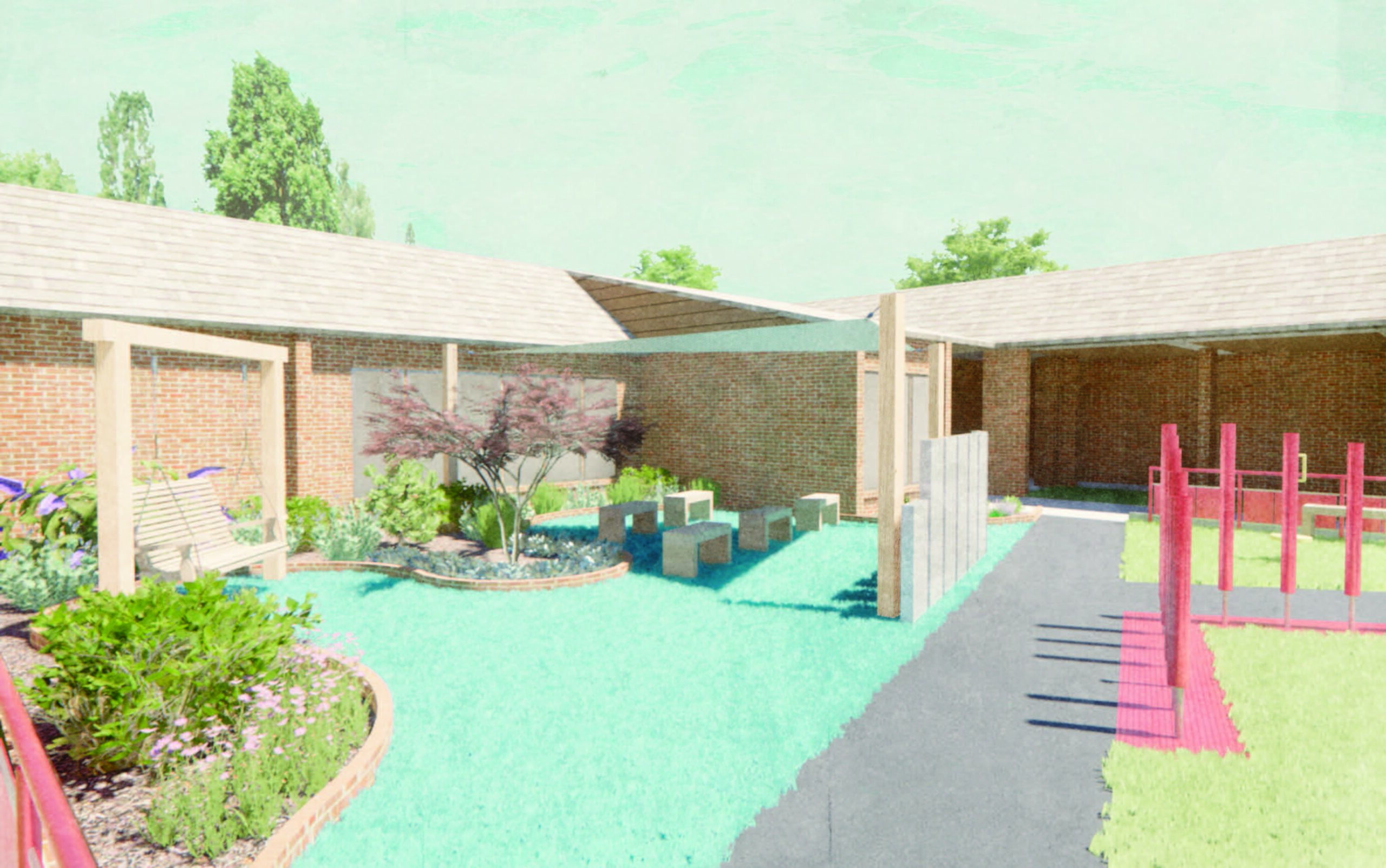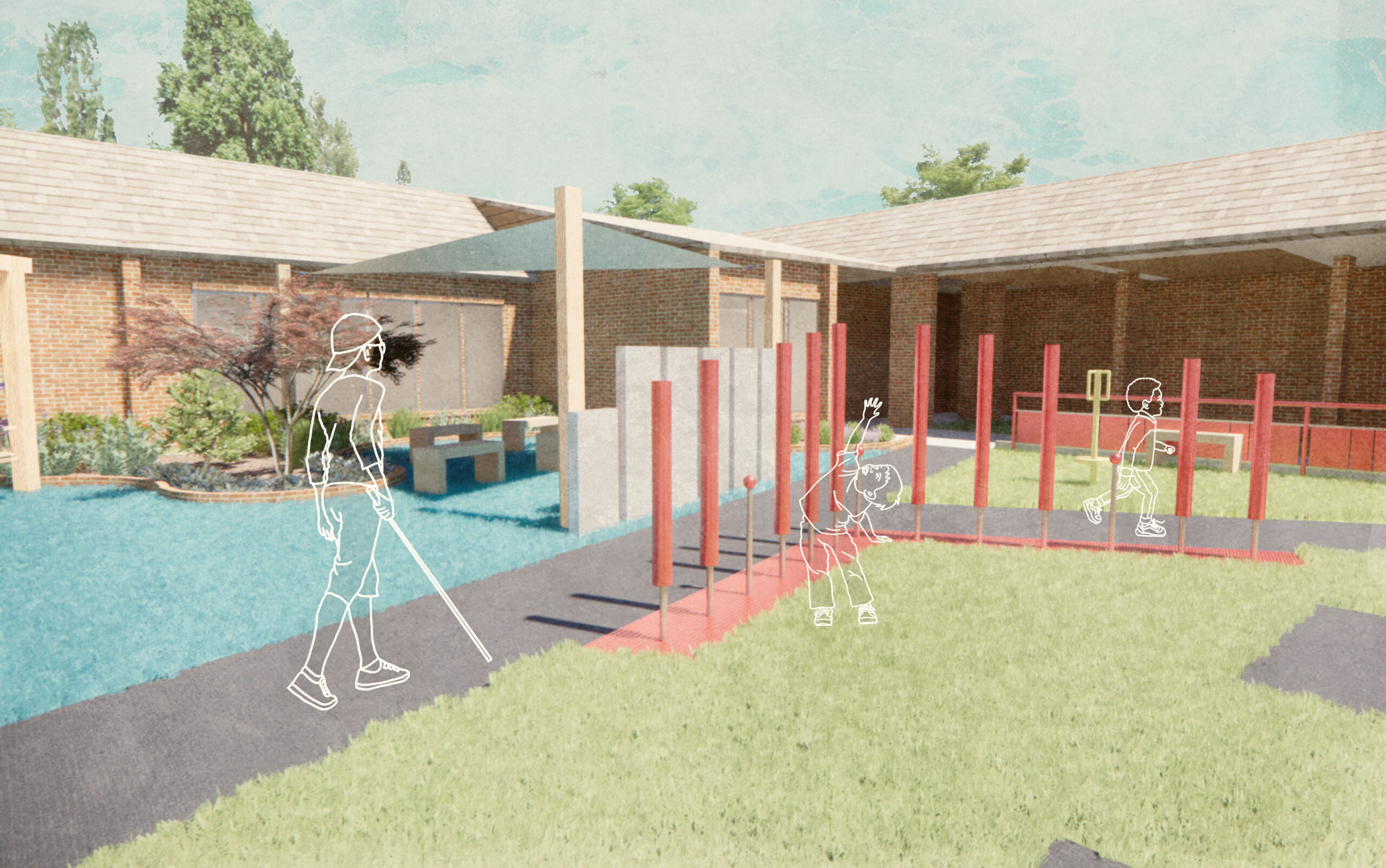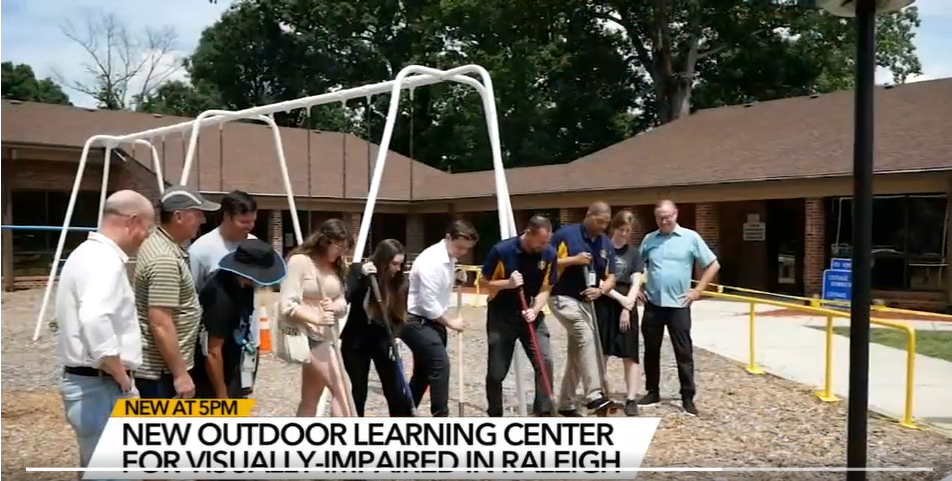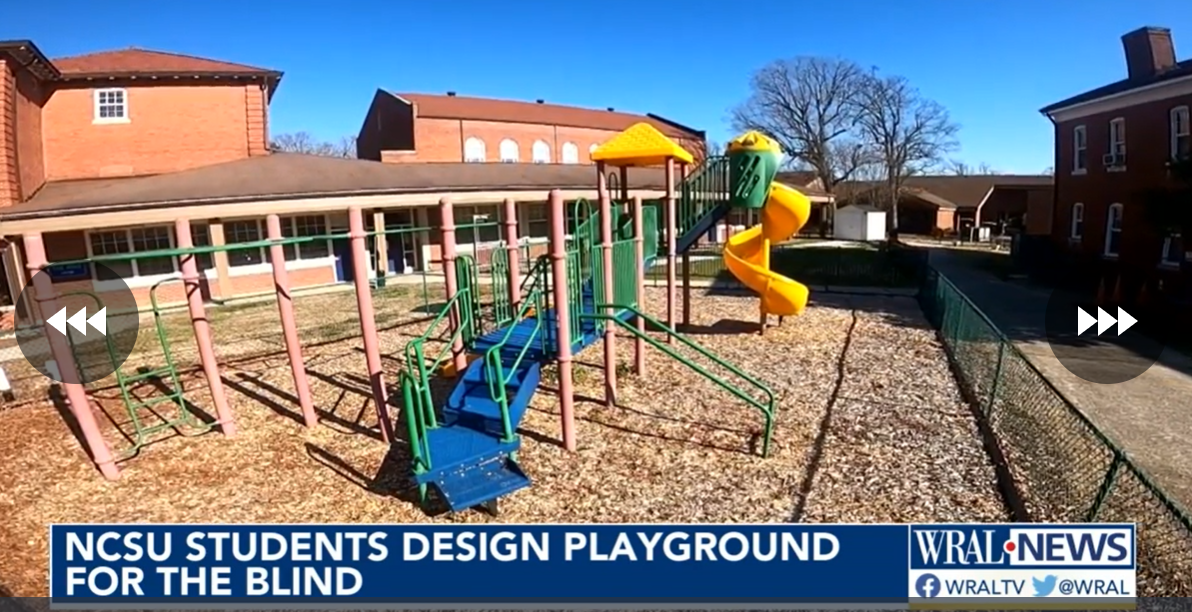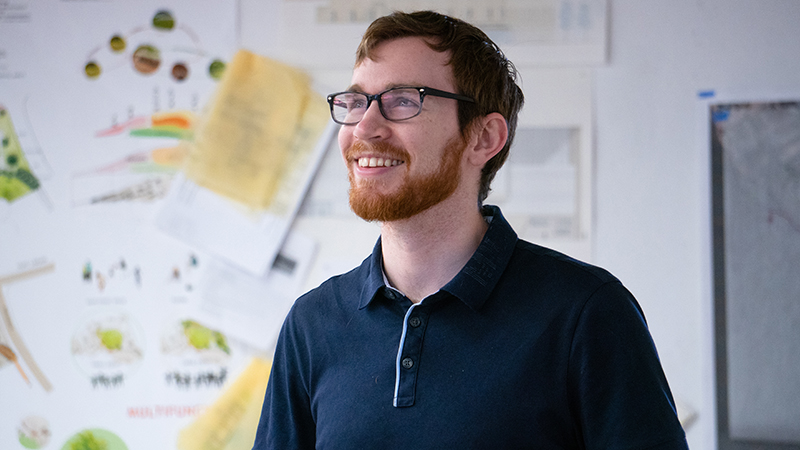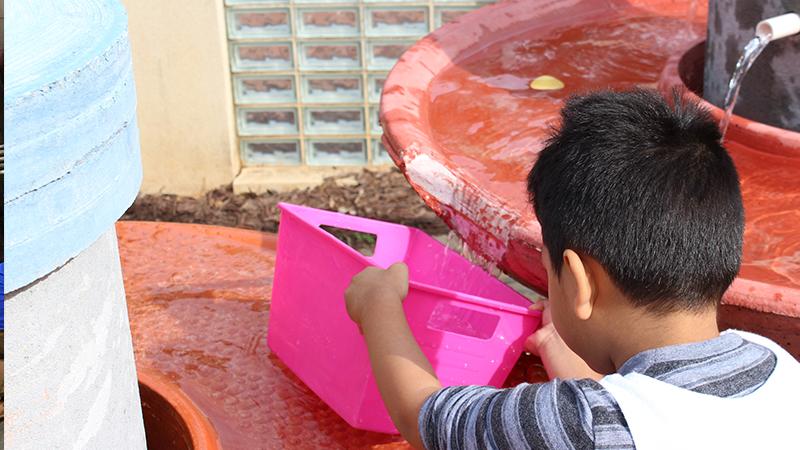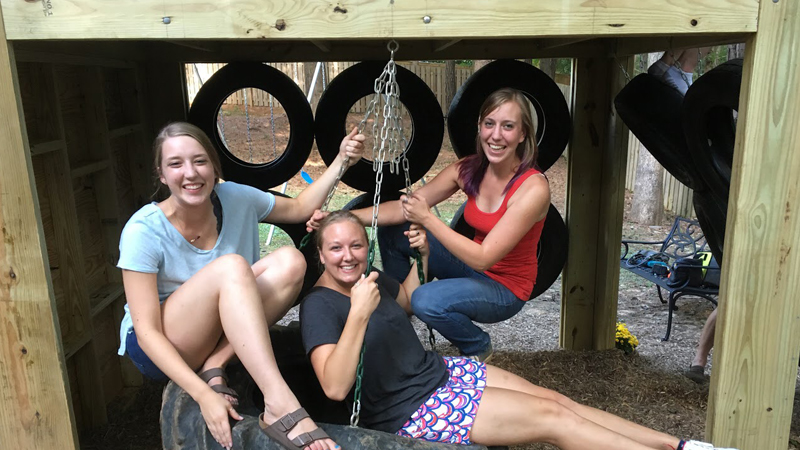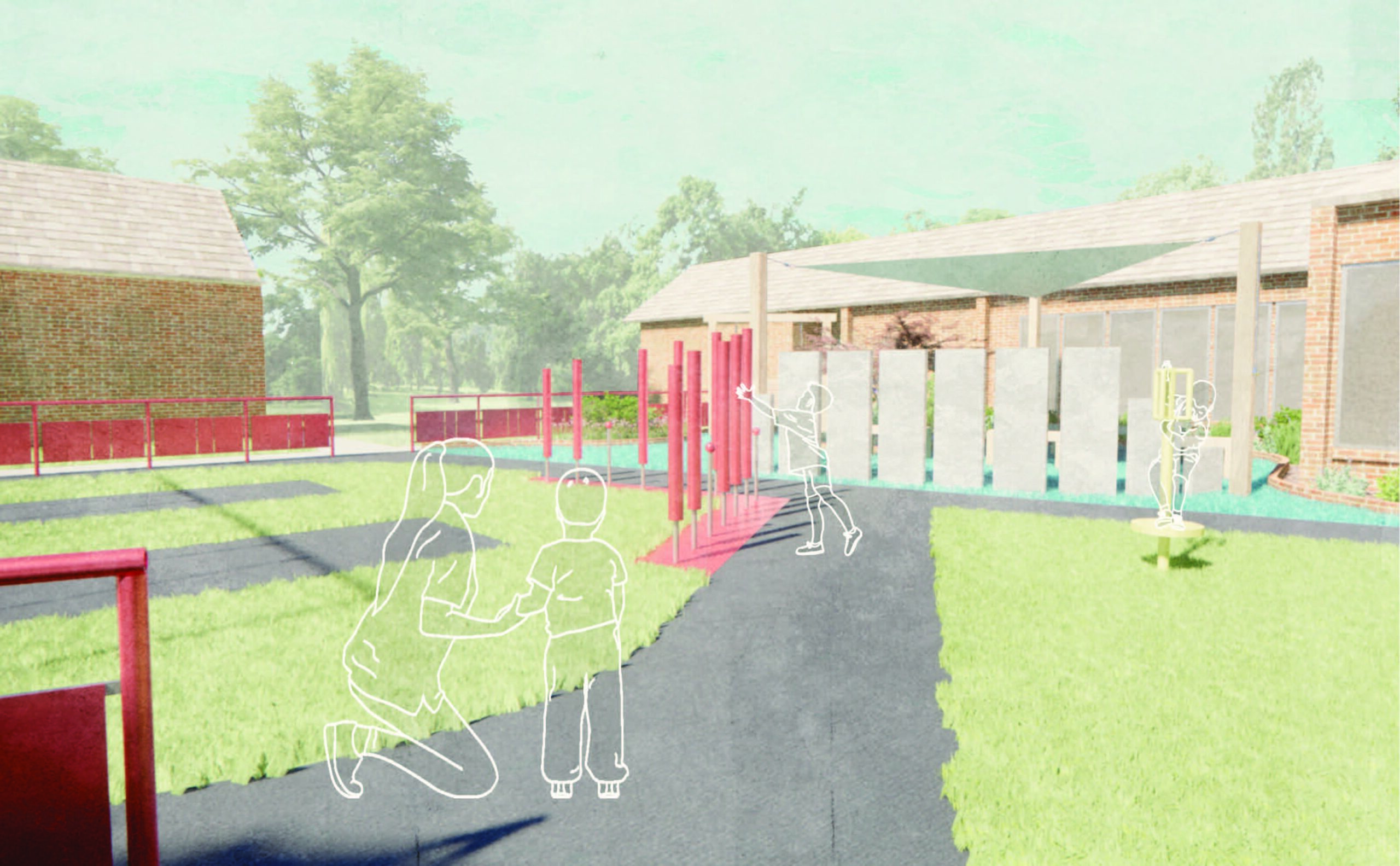
Freedom by Design
Freedom by Design, the American Institute of Architecture Students’ (AIAS) community service program, utilizes the talents of architecture students to radically impact the lives of people in their community through modest design and construction solutions. The leadership team serves as the liaison between the client and student body, and works throughout the year to schedule weekend design charrettes, organize the fundraising and permitting logistics, and prepare for the build days.
Our Current Project
Governor Morehead School
The Governor Morehead School (GMS) is the flagship school in North Carolina that serves the special needs of the visually impaired, in a unique residential setting. School-age students live on campus during the week and are taught through a Student Life curriculum. This curriculum extends beyond the classroom to teach students functional living skills through independent living, recreational, and behavioral activities. In doing so, students are taught not only academics but also how to navigate the environment around them.
By integrating residential and academic settings, students are allowed to grow, flourish, and achieve greater self-fulfillment by learning in the environment. Integrated education provides the same opportunities and experiences for blind children as those who are sighted with the hopes to change the public response to blindness. On campus, students can learn academics and how to navigate their environment while being surrounded by a knowledgeable support system. The School seeks to encourage all students to strive for the highest levels of educational excellence and integrity in all of life’s endeavors.
Adapted from Governor Morehead School website: governormorehead.net
Our Work
We have worked closely in partnership with the school to assess their needs and after identifying a project with them, we’ve designed an outdoor learning center for the students. The design will provide a variety of play and learning experiences to accommodate all ages
and abilities.
The Problems
The existing playground poses many challenges for the students. The first is the lack of interest in most of the existing equipment. The majority of students mostly use the swingset instead of the monkey bars or slide. In addition, the swing set is not up to the current standards of care. The railings pose a challenge as many posts are loose and do not have an adequate bottom rail or curb for guidance. Aside from the equipment, the mulch surfacing of the playground poses drainage problems as well as usability issues. The children often lose their canes in the mulch after setting them down to play. To address the current issues we have redesigned the playground into play and learning zones.
The Solutions
The play zone will consist of a new swing set that is up to current standards of care, a walking embankment, a row of chimes, a spin station, a sensory wall with whisper tubes, a bench swing, and a gathering area. The embankment follows the perimeter of the playground and enables students to learn how to maneuver sloped terrains. In the learning zone, we have proposed a group swing, sensory wall, and community seating. The group swing provides a social corner of the playground geared towards the older students, the play equipment is geared towards younger students, and the sensory and community seating provides a space for outdoor learning/quiet areas for all students. The drainage is being addressed through regrading and adding seamless pour-in-place rubber for pathways and anti-microbial and anti-static turf. The new surfacing and added vegetation will help combat the pooling of water while creating a more usable space. All pieces are utilizing color theory guidelines we’ve established to create consistencies of language across the site with enough contrast to be distinguishable but not overwhelming.
Current Renderings
Our Team
Our team consists of a diverse group of architecture students at various stages in their education, ranging from first-year students to graduate students. While we all come from different backgrounds, our passion for architecture and serving the community unites us!
Each one of us provides a unique perspective on combating design challenges to create a lasting impact.
